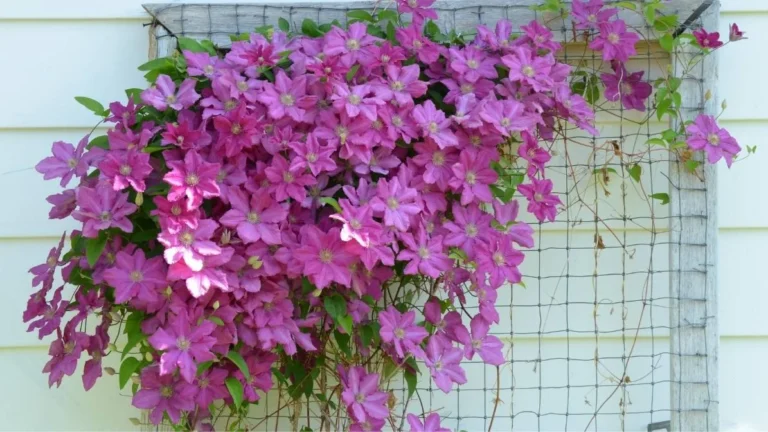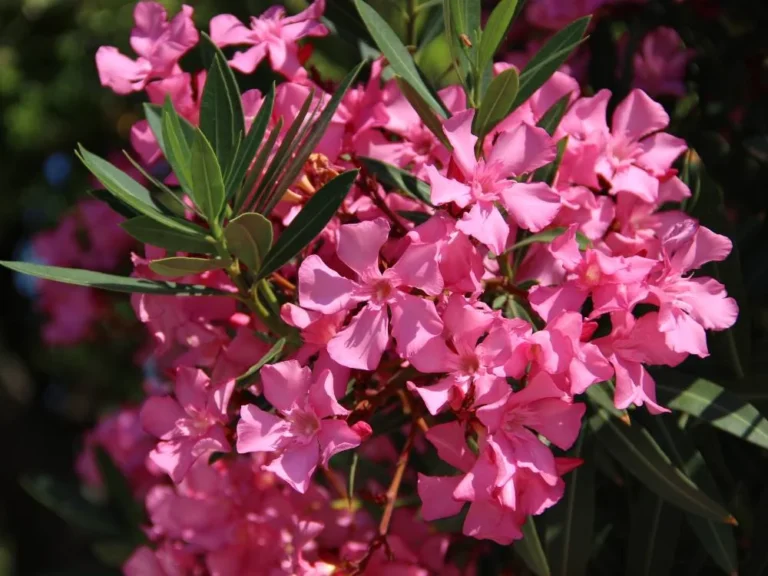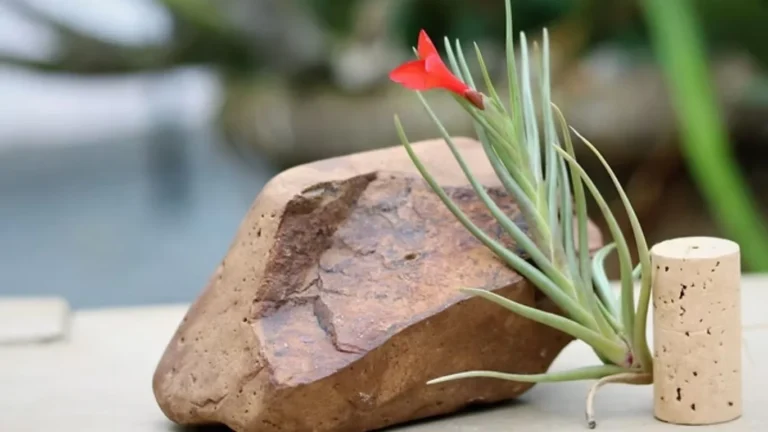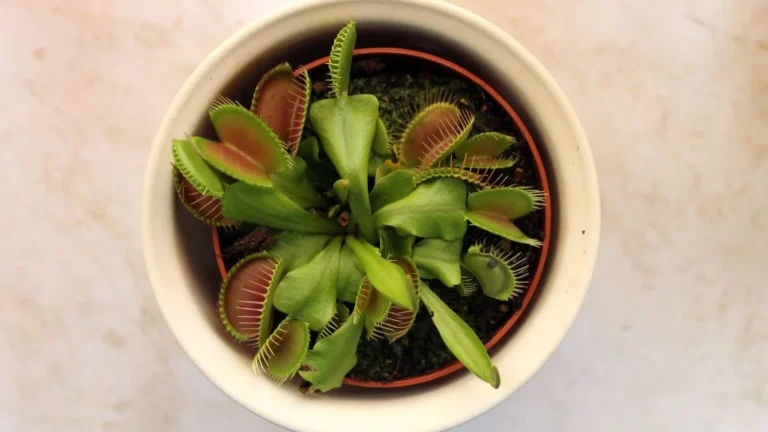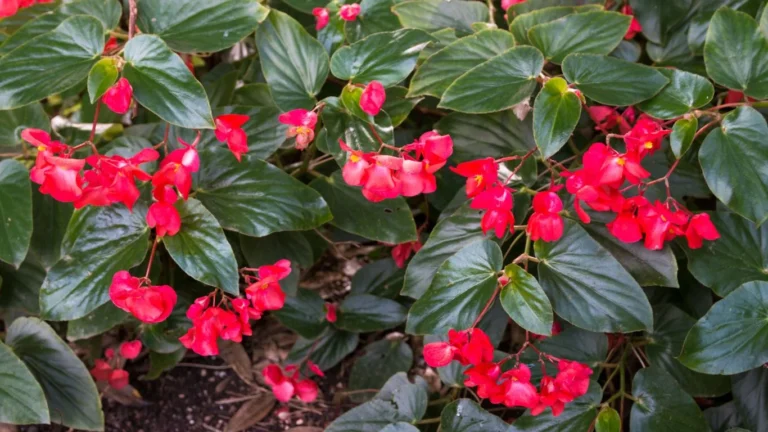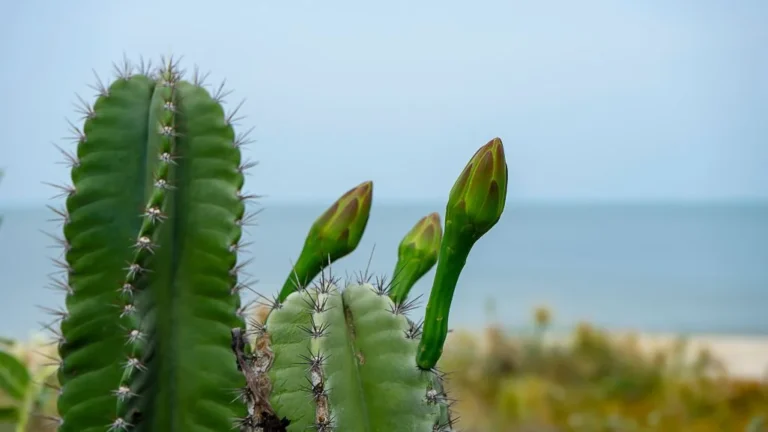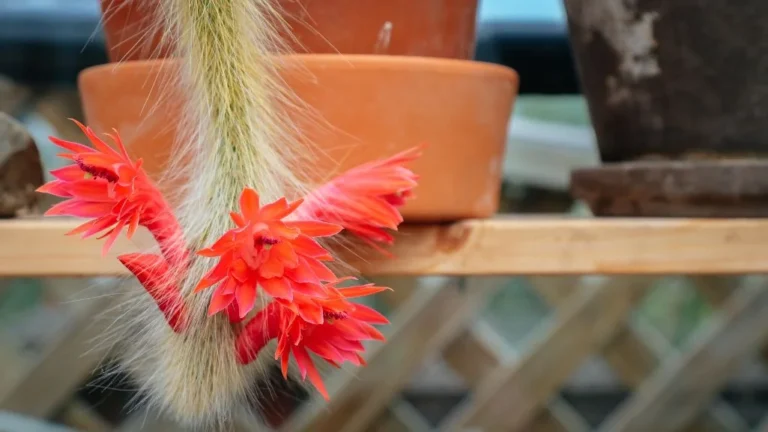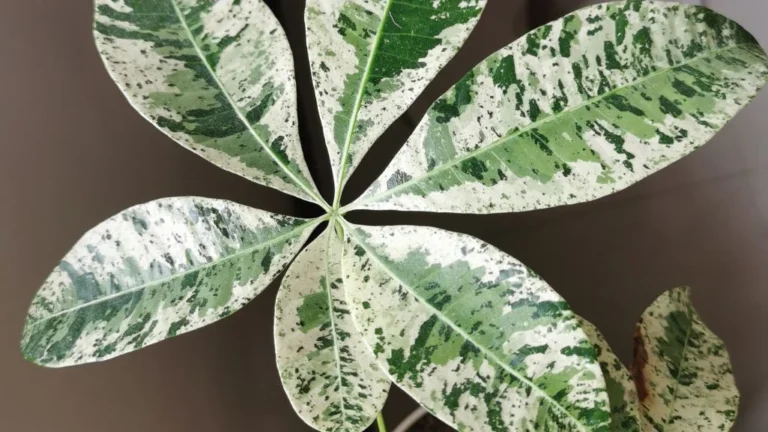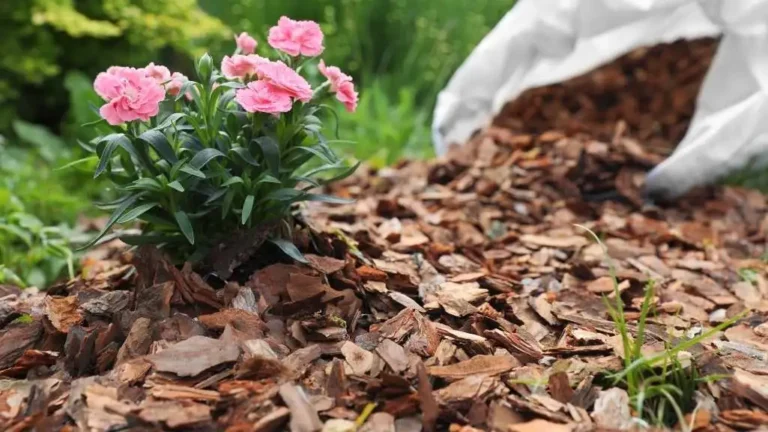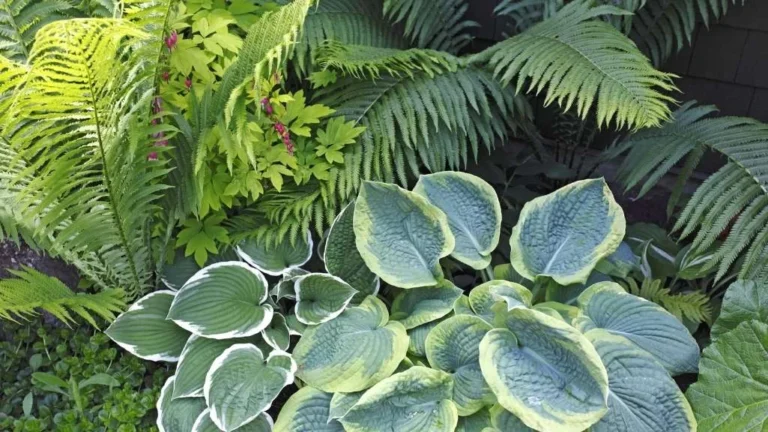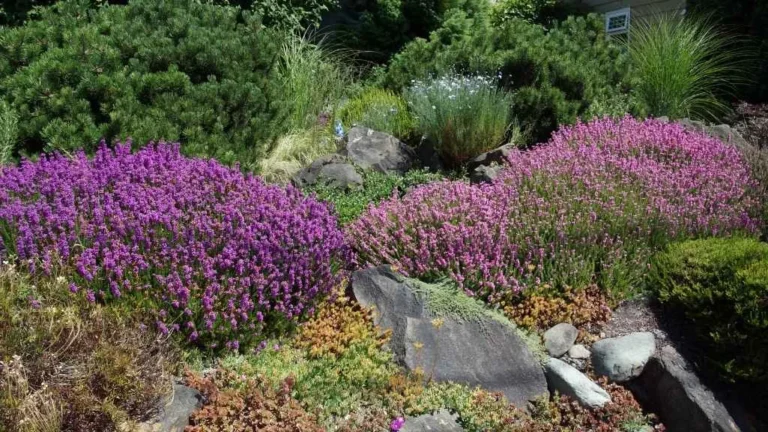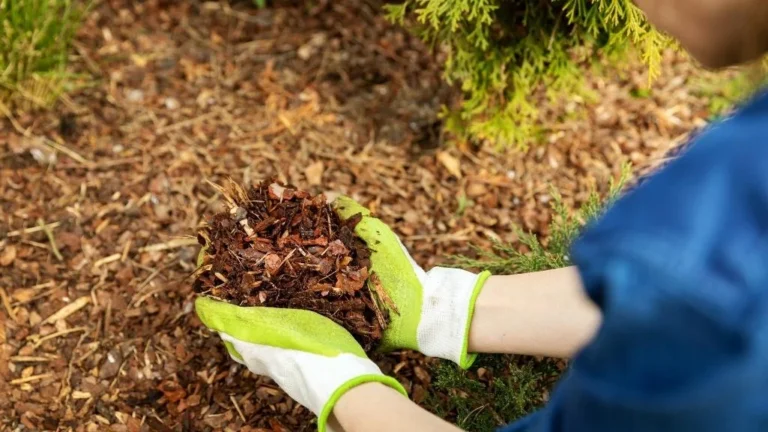If you’re like me, the first time you saw a sprout coming from your Venus flytrap, your mind probably raced with questions. What is it? Is it good? Should I be doing something? I remember standing over my plant, debating whether I should Google it or just wait and see.
It turns out that a sprout on your Venus flytrap can mean a few exciting things. It could be a new trap, a sign your plant is happy and growing. Maybe it’s a flower stalk, which can look dramatic but comes with a little extra care. Or, if you’re really lucky, it could even be a baby plant sprouting from the base; your Venus flytrap might be starting its own little family!
So, let’s break it down! I’ll walk you through how to identify the different types of sprouts and exactly what to do at each stage. Whether it’s a new trap, a flower stalk, or a baby plant, you’ll know how to give your Venus flytrap the proper care it deserves.
New Trap Growth: A Happy, Thriving Plant
When you see a sprout with tiny “jaws” forming, it’s a clear sign your Venus flytrap is thriving. These sprouts are new traps, and they often appear during the growing season, which lasts from spring to late summer. New traps allow your plant to expand its “hunting zone,” helping it catch more insects and stay healthy.
What Do New Traps Look Like?
New traps usually start as small, bright green shoots emerging from the center of the plant. Over time, the jaws begin to develop, and the traps grow larger and open, ready to snap shut on unsuspecting prey.
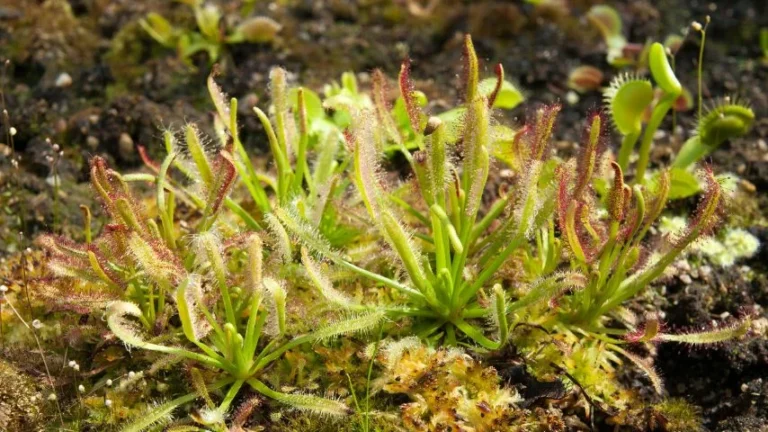
How to Help New Traps Thrive
Provide Extra Light for Active Growth
New traps signal active growth, and during this time, your Venus flytrap might need more light than usual. Move it to a sunnier spot or ensure it gets at least 12–14 hours of strong, direct light. If you’re indoors, a quality grow light is essential. Choose one designed for carnivorous plants and position it about 6 inches above the plant to mimic natural sunlight.
Maintain High Humidity (Optional Boost)
New traps benefit from a slightly more humid environment, especially if your area is dry. Place a shallow tray of water under the pot (without letting the roots sit in water constantly). This increases humidity around the plant. Alternatively, use a humidity dome temporarily, but ensure there’s good airflow to avoid mold.
Rotate the Pot for Balanced Growth
If your plant is growing lopsided because of light direction, rotate the pot slightly every few days. This ensures the new traps grow evenly and don’t lean too much toward one side.
Check for Crowding
If you notice the new traps are struggling to open or seem crowded, it might be time to divide your plant. Gently inspect the base of the plant for rhizome overcrowding. If it’s too packed, consider repotting and separating some divisions to give the new traps space to thrive.
Avoid Stressors During Trap Growth
While new traps are forming, avoid anything that might stress your plant, such as:
Feeding: Don’t feed the new traps until they’ve fully opened and matured. They need their energy to grow.
Repositioning: Try to keep your plant in the same spot to avoid changes in light or temperature.
Monitor Moisture Closely
New traps are delicate and more sensitive to watering mistakes. Keep the soil evenly moist, but avoid letting water sit directly on the young traps, as this can cause rot. Check daily to ensure the soil doesn’t dry out during this active growth period.
Remove Old or Dead Traps
While new traps are forming, avoid anything that might stress your plant, such as:
Feeding: Don’t feed the new traps until they’ve fully opened and matured. They need their energy to grow.
Repositioning: Try to keep your plant in the same spot to avoid changes in light or temperature.
Flower Stalk: A Bold Move by Your Plant
Noticing a tall, slender stalk emerging from the center of your Venus flytrap is an exciting development. This indicates that your plant is preparing to flower; a significant stage in its lifecycle. While this may seem like a thrilling milestone, it also presents some important considerations for its care.
The first time I saw a flower stalk on my Venus flytrap, I was thrilled. It felt like my plant was showing off its growth and maturity. The stalk was unmistakable; unlike the usual traps, this was a smooth, upright shoot with no teeth or trap at the end.
At first, I didn’t know what to do. Should I let it grow and enjoy the flowers? Or should I cut it off to help my plant stay healthy? After some research and a bit of trial and error, I figured out what works best for my plant.
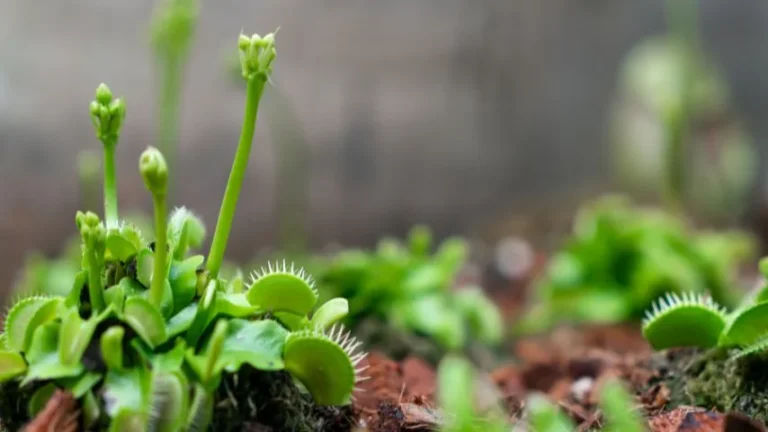
Cut It or Let It Grow?
This is where things get interesting. A flower stalk means your Venus flytrap is investing a lot of energy into reproduction, which can slow down trap growth. So, you should keep it or not. Here’s how I decide:
Cutting It Off
Most of the time, I cut the flower stalk early. My priority is keeping the plant healthy and encouraging more traps. So, I cut the stalk so that the energy redirects to growing larger, more vibrant traps.
Letting It Grow
But sometimes, I get curious. The idea of harvesting seeds to grow more flytraps is tempting to me. When I let the stalk grow, I know I’m in for slower trap production, but I’m okay with that as long as I give the plant extra care.
Process for Cutting the Stalk
When I decide to cut the flower stalk, I try to maintain a routine, and it works every time.
-
Waiting for It to Grow 2–3 Inches
I wait until I’m sure it’s a flower stalk. It’s easier to identify when it’s a few inches tall and distinct from any large traps. -
Sterilizing My Tools
Clean scissors are non-negotiable. I use rubbing alcohol or boil the scissors to ensure there’s no risk of infection. -
Cutting Close to the Base
I carefully snip the stalk as close to the base as possible, avoiding damage to surrounding leaves.
What Happens After Cutting?
After I remove the stalk, my focus shifts to recovery. For recovery, I do the following tasks.
-
Boost light exposure
I ensure the plant gets 12–14 hours of bright sunlight daily. Indoors, I use a grow light to supplement natural light. -
Keep the soil moist
Distilled or rainwater is a must. I never let the soil dry out, but I also avoid overwatering. -
Skip Feeding
I give the plant a break from feeding for a couple of weeks to reduce stress and help it bounce back.
When I Let the Stalk Grow
When I allow the flower stalk to grow, I know the plant requires additional attention and care to support this energy-intensive process. Here’s what I’ve learned and practiced during these times
Sunlight Is Everything
Flowering is demanding, and light is the main source of energy for the plant during this phase. I make sure it gets as much bright, direct sunlight as possible—12–14 hours daily. If natural light isn’t sufficient, especially indoors, I rely on a strong grow light designed for carnivorous plants. The extra light ensures the plant can focus on flowering without sacrificing too much energy from trap production.
Watering Consistently
Flowering increases the plant's need for hydration. I keep the soil consistently moist, ensuring it stays damp without becoming waterlogged.
Distilled or rainwater is essential here because Venus flytraps are sensitive to minerals and impurities. Proper hydration helps the plant stay vigorous during this demanding stage.
Pollination Experiment
As I have mentioned before, I have a fascination with seed harvesting. For seed harvesting, pollination is the first step. In this case, I use a small, soft brush to carefully transfer pollen from one flower to another, making sure to touch the right spots with steady hands.
After some time, if everything goes well, the flowers start to produce tiny black seeds, a sign that the process is successful. But I’ve also had moments when nothing happens despite my efforts. Sometimes, it’s a matter of timing, or perhaps I wasn’t as precise as I needed to be.
Even when I don’t see seeds forming, I take it as a learning experience. Each try feels like a mini science experiment, and even if I don’t get seeds, I’ve had fun along the way.
Post-Flowering Recovery
After the flowers have bloomed and the stalk begins to dry out, it’s time to shift focus to helping your Venus flytrap recover. As you know, flowering is an energy-intensive process, so this phase is all about allowing the plant to regain its strength. Here’s what I do:
Trimming the Dried Stalk:
Once the flower stalk is fully dried and brown, I carefully remove it. Waiting until it’s completely dry ensures that the plant has already absorbed any remaining nutrients from the stalk.
Using sterilized scissors or pruning shears, I cut the stalk as close to the base as possible without damaging the surrounding leaves. This prevents the plant from wasting energy trying to sustain a structure that no longer serves a purpose.
No Feeding, Just Rest
Feeding a Venus flytrap requires energy because the plant must seal the trap, release digestive enzymes, and absorb nutrients. After flowering, the plant is already low on energy and needs to focus on recovery and growing new traps. Feeding during this time can divert energy from recovery, stress the plant, and even cause traps to wear out faster. Skipping feeding helps the plant recharge before it's ready to catch prey again.
Once it’s producing healthy new traps, it will be ready to catch and digest prey again without added stress.
Baby Flytraps: New Life at the Base
One of the most exciting discoveries I’ve made as a Venus flytrap owner is spotting baby plants sprouting near the base of the parent plant. These tiny offshoots, or divisions, are essentially clones of the parent plant.
What Are Division Sprouts?
Division sprouts are small Venus flytraps that grow from the underground rhizome of the parent plant. They usually appear when the plant is healthy and mature.
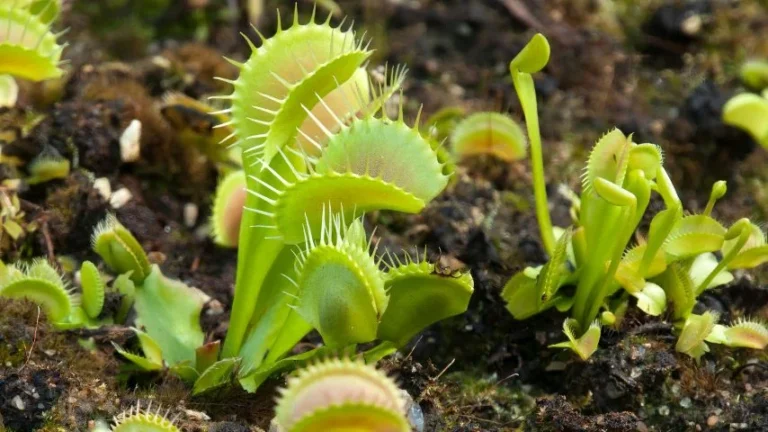
How to Care for Baby Flytraps
When dealing with baby Venus flytraps, the process requires patience and care to ensure their healthy growth. Here’s a detailed explanation of each step:
Wait for Roots
Why It’s Important
Baby plants, or "offshoots," rely on the parent plant until they grow their own roots. Without roots, they can’t absorb water or nutrients from the soil, making survival difficult once separated.
What to Do
Check the base of the baby plant for visible roots. This might take a few weeks or months, depending on the plant's growth rate. I only separate when I see the roots are well-formed.
Separate Gently
Once the roots are developed, the process of separating starts. Here, I use clean hands or sterilized tools like tweezers or a small knife. I carefully loosen the soil around the baby plant and gently pull it apart from the parent. If the roots are tangled, I untangle them gently without force to avoid tearing.
Plant Them Properly
Prepare a small pot with carnivorous plant soil, typically a mix of sphagnum moss and perlite or silica sand. Ensure the mix retains moisture while ensuring the soil stays acidic and nutrient-poor, mimicking their natural habitat. Then, plant the baby carefully, ensuring the roots are spread out and not bent or crowded.
Provide Proper Care
Once potted, I give the baby plant the same care as the parent.
Light: Bright, indirect light or a grow light for 12–14 hours daily.
Water: Only distilled or rainwater to keep the soil moist but not soggy.
No Fertilizer: Since Venus flytraps get nutrients from their prey, fertilizing can harm or kill them.
No matter what kind of sprout you spot, it’s a clear sign you’re doing something right. With the right care, light, water, and the perfect soil; you can help your plant continue to thrive and maybe even see it grow in ways you never expected.
Honestly, it’s one of my favorite things about owning a Venus flytrap. Every new sprout feels like a little celebration of life, growth, and all the effort you’ve put into caring for it. Have you noticed a sprout on your Venus flytrap recently?
Frequently Asked Questions
Should you let a Venus flytrap flower?
It’s usually best to cut the flower stalk early unless you want seeds. Flowering consumes a lot of energy, which can weaken the plant and slow trap production.
Reasons to let it flower:
- Pollination: If you want seeds.
- Curiosity: To see the flowers if the plant is healthy.
Cut the stalk when it’s about 1–2 inches tall if you choose to stop flowering.
What does a Venus flytrap flower look like?
A Venus flytrap flower is small, delicate, and white with five petals. The flowers grow on a tall stalk, often 6-12 inches above the traps, to avoid triggering the traps during pollination. The petals have green veins, giving them a subtle patterned look.


